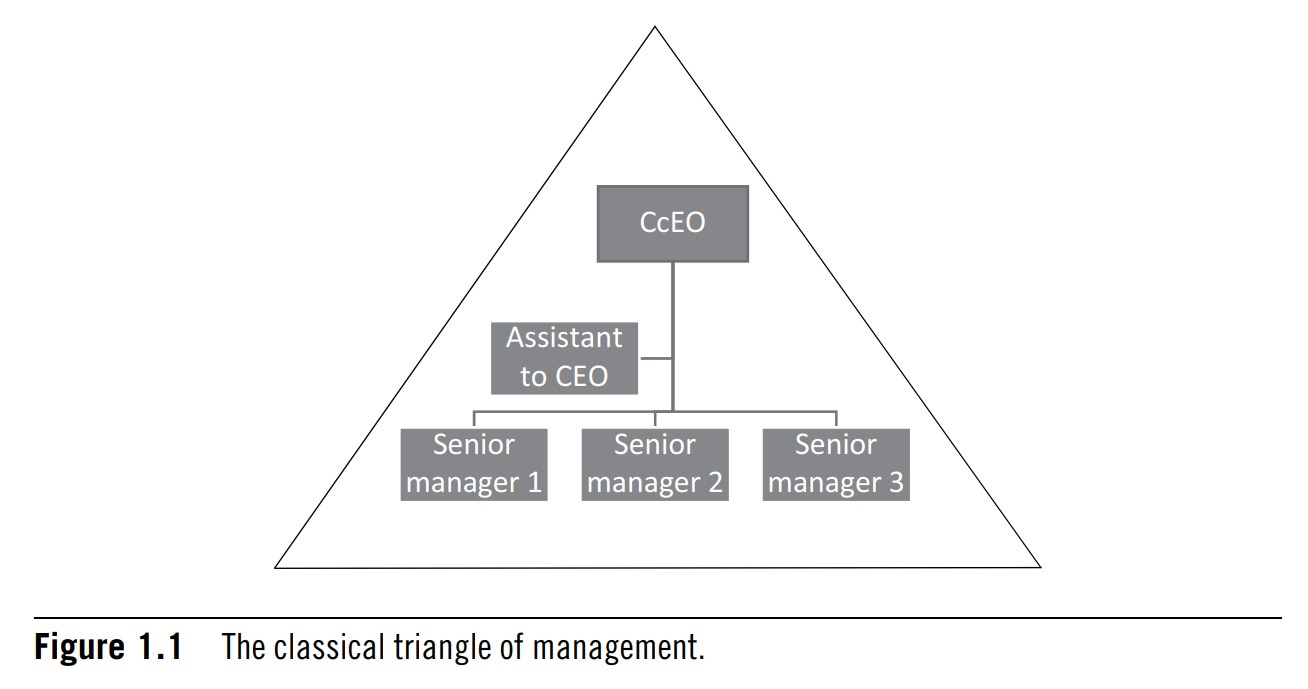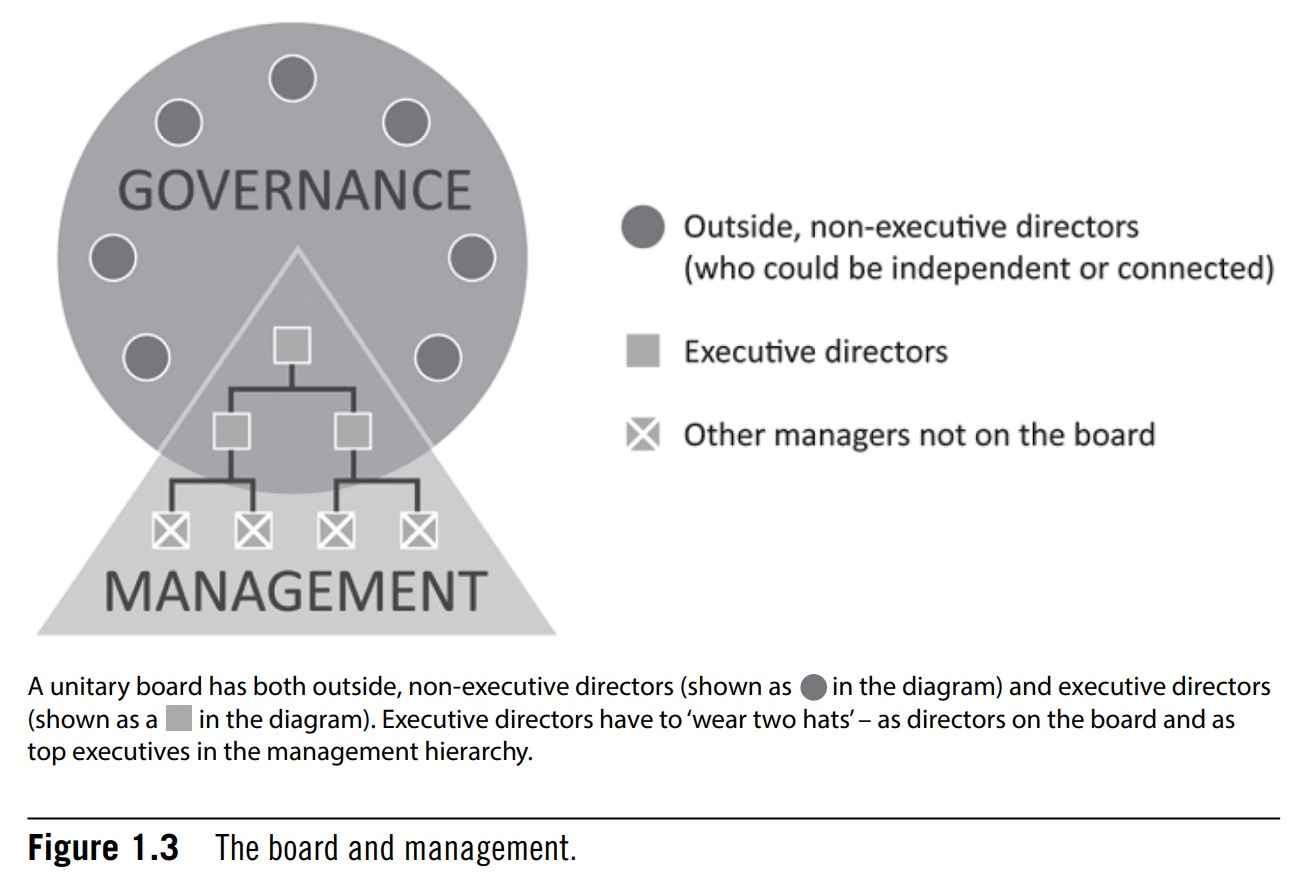Corporate Governance
All Corporate Entities Need Corporate Governance
Modern Society & Corporate Entities
Modern society utilizes various corporate entities such as companies, clubs, cooperatives, institutions, societies, trusts, and more.
All these entities need to be managed and governed.
Purpose of Corporate Entities
Entities are formed to meet a specific need or purpose to serve its members.
Examples: A company generates value for shareholders, a club provides recreational facilities for members.
The Constitution
Every corporate entity requires a constitution.
The constitution defines an entity's name, objectives, member rights/duties, governing body, and finances.
Without a constitution, a group is not a true corporate entity.
Examples:
Limited liability Company: Memorandum and articles of association
Partnership: Partnership agreement
Chartered professional institution: Formal charter
Club: set of rules
The Legal Context
Corporate entities are bound by laws of the jurisdiction they operate in.
Different types of entities have different governing laws.
Those governing must be aware of the legal context to seek appropriate advice.
Defining Corporate Governance
Some definitions focus on direction and control of companies.
A broader view: Corporate governance is about the exercise of power over a corporate entity and its accountability.
Governance ensures corporate performance and compliance.
The Members
Corporate entities are established for their members.
Members' rights and duties are anchored in the entity's constitution.
There are various types of members depending on the corporate entity.
The members are the root of corporate governance power.
The Governing Body
Every corporate entity needs a governing body (e.g., board of directors, committee, council).
Members of these governing bodies may have different titles.
The governing body is 'the board' and its members are the 'directors'.
Governance and Management
Management involves decision-making and leadership to achieve results.
Corporate governance oversees management to ensure proper direction and management.
Management structures are hierarchical, while board structures are not.
Board Structures
A board can be visualized as a circle, indicating all directors have equal power.
Distinction between executive directors (part of management) and non-executive directors.
Various board structures exist based on the mix of executive and non-executive directors.
—
Reference: The Practice of Corporate Governance by Bob Tricker




